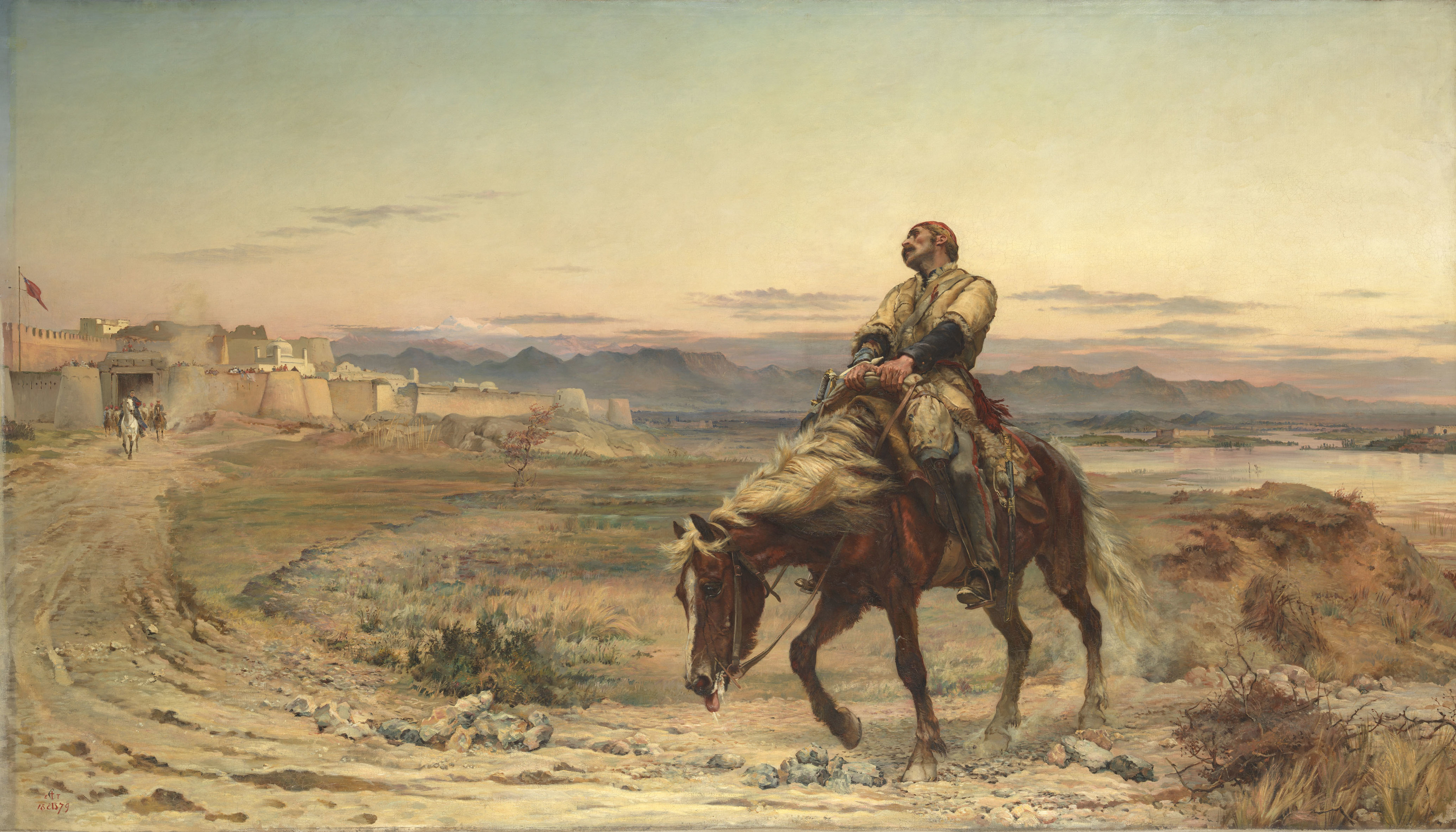A striking painting of a Highland surgeon who survived a bloody massacre in one of the landmark episodes of the first Anglo-Afghan war will be one of the star attractions at a major exhibition in London this November.
The 1879 picture – Remnant of an Army by Elizabeth Butler – immortalises the moment William Brydon and his exhausted horse arrived safely at Jalalabad, then an outpost for the British Empire.
Dr Brydon, who was from Ross-shire was one of the few survivors of the 4,500 troops and 12,000 civilians forced to flee the Afghan capital, Kabul, after their garrison commander failed to quell an uprising in 1842.
The bedraggled regiment of soldiers, along with their wives and children, mistakenly believed the only thing between them and their sanctuary 90 miles away would be the January snows.
However, they were fatally mistaken.
Over the next seven days, the thousands of men, women and children were slowly picked off and killed by Afghan tribesmen, culminating in the Battle of Gandamak, where 20 officers and 45 soldiers took their defiant last stand atop a small hillock on January 13.
Dr Brydon survived the battle despite an Afghan sword shearing off a portion of his skull, and eventually died peacefully at his home in Nigg on March 1873.
The 19th century painting has been on loan from the Tate Gallery to various military history museums across the UK for more than 50 years.
It will make its first appearance in London since the 1960s as part of the Artist and Empire exhibition at the Tate Britain Linbury Galleries from November 25-April 10 next year.
David Brown, the Tate’s curator of British art from 1790 to 1850, said: “For a long time this painting had been an absolute national icon, it was a huge monument to heroism and sacrifice.
“But partly because of a change of taste and attitudes towards the Victorian narrative, portrayals of the Empire grew unfashionable after the second World War.
“It’s a horribly harrowing picture, and in no way a celebration. The artist and her husband were actually very critical of the whole Empirical concept, which is conveyed in the picture itself, it’s an extremely powerful and poignant image.”
For more information on the exhibition visit www.tate.org.uk
